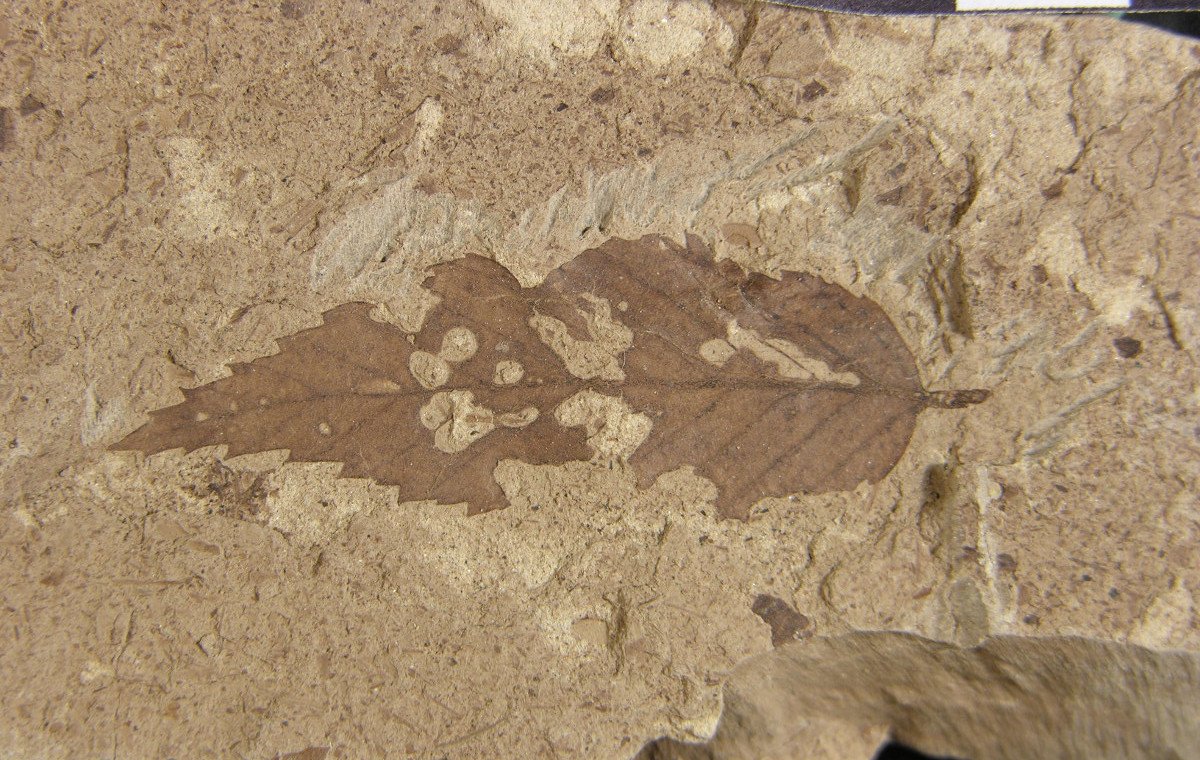Some fossils found in Chubut Province (Patagonia, Argentina) help know that life in the region recovered quickly after the mass extinction 66 million years ago.
Studies made on fossil plants found in the mentioned province gave information about how he ecosystems in the South Hemisphere recovered from that event.
66 million years ago a huge meteorite crashed with the Earth, where Mexico is situated today, leading to a series of events that caused a major extinction that affected around 60% of the living species, plants, insects and dinosaurs among them. But: what happened afterwards? how did the species recover from that? how fast did they recover? The results of this new research gives some answers to those questions.

In central Chubut there are sites formed by sedimentary rocks from before and after that extinction events, in which paleontologists found fossil plants with signs of damage caused by insects; those findings show the diversity of plants and insects living in that moment. Even though it´s not common to find fossil insects, marks left by them on plant leaves (for example feeding bites, or marks left by egg-laying or larvae development) allow researchers know which insect groups lived in the past, basing on observations of marks left by living insects.
When comparing this fossil record with material of similar characteristics found in the North Hemisphere, scientists observed that the terrestrial ecosystems in the South Hemisphere developed a faster recovery: whilst in the North Hemisphere it took 9 million of years for insects diversity to recover, in the South Hemisphere the same process took 4 millions of years. All this strengthens the hypothesis of life being reestablished sooner in the farthermost areas from the meteorite impact.

The information provided by this research on what happened in terrestrial environments after the massive extinction is very valuable, since most of the data known until now belong to marine environments.This research work, published in the scientific magazine Nature, Ecology & Evolution, was conducted in collaboration by paleontologists from Argentina, Dr. Rubén Cúneo, PhD, (CONICET-MEF) and Dr. Ari Iglesias, PhD, (CONICET-INIBIOMA), and their peer from the United States Dr. Michael Donovan, PhD, Dr. Peter Wilf, PhD, and Dr. Conrad Labandeira, PhD (National University of Pennsylvania and Smithsonian Museum).